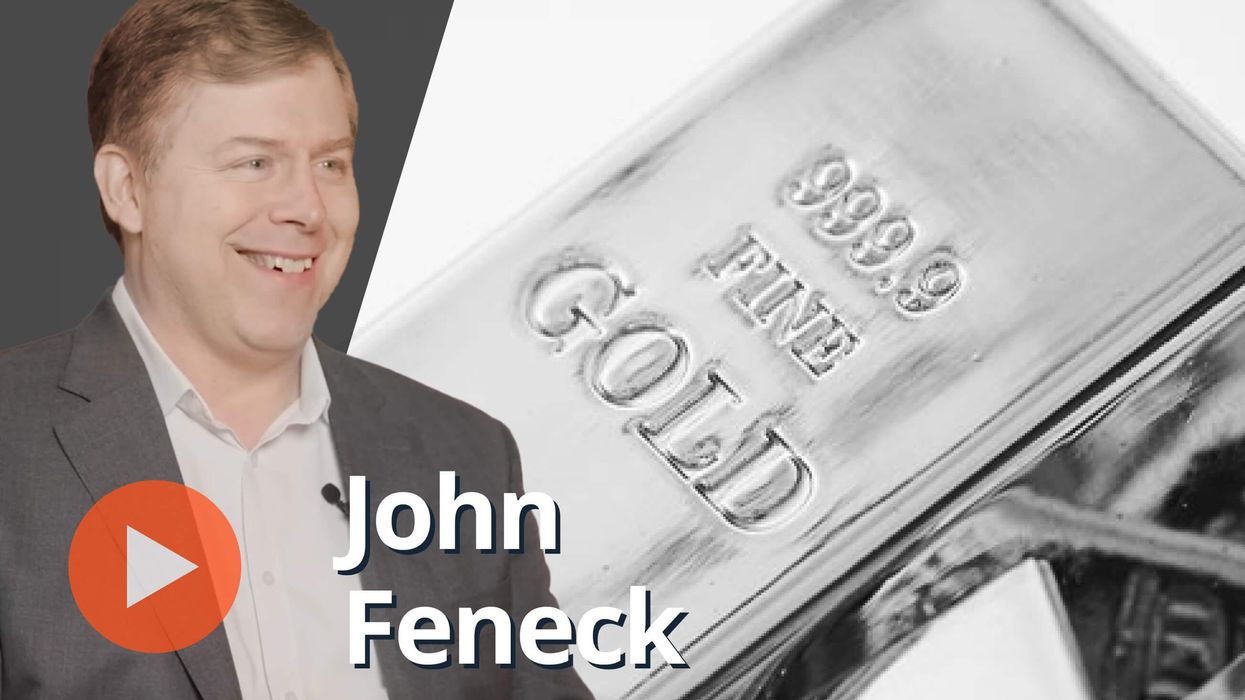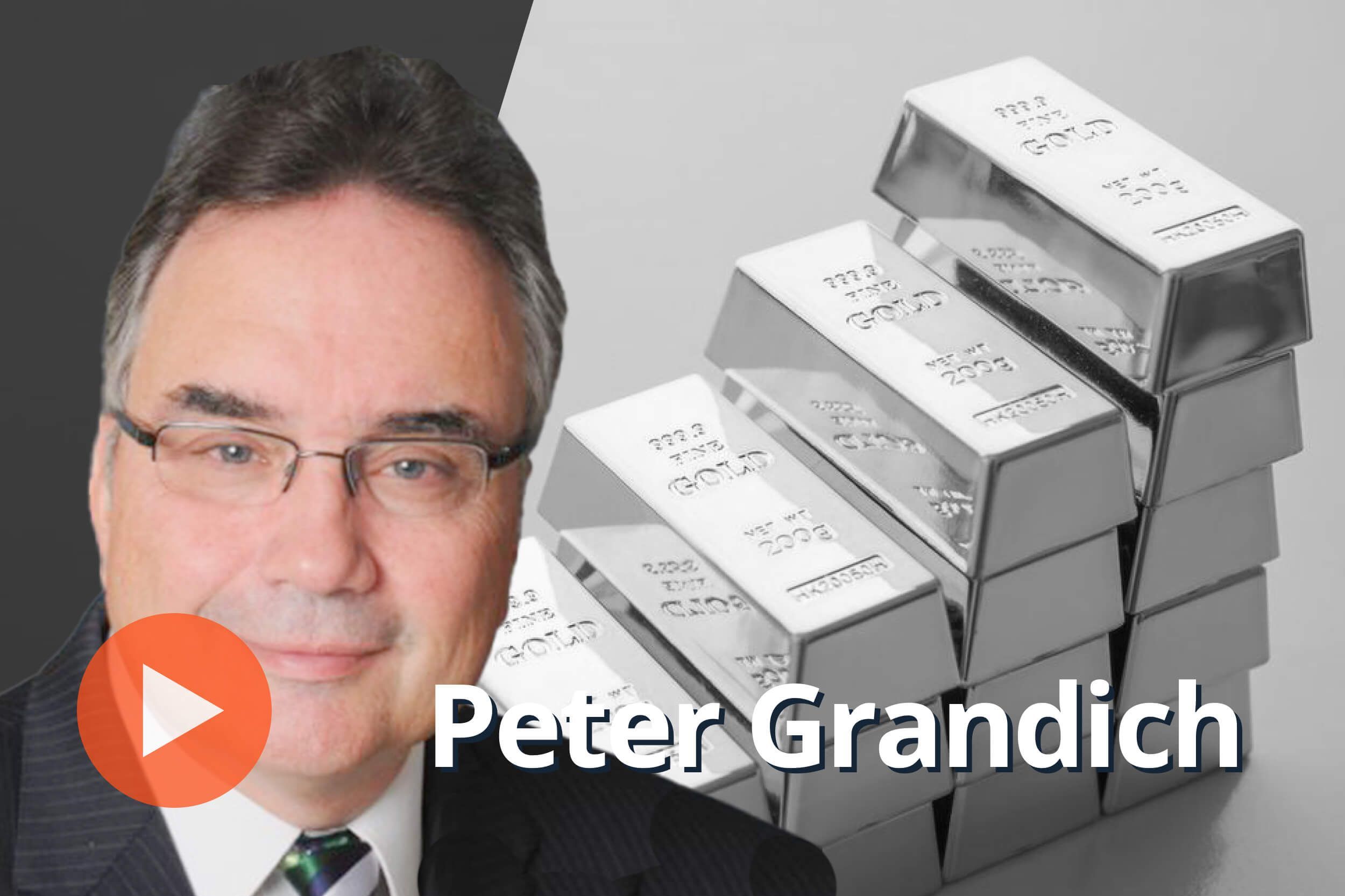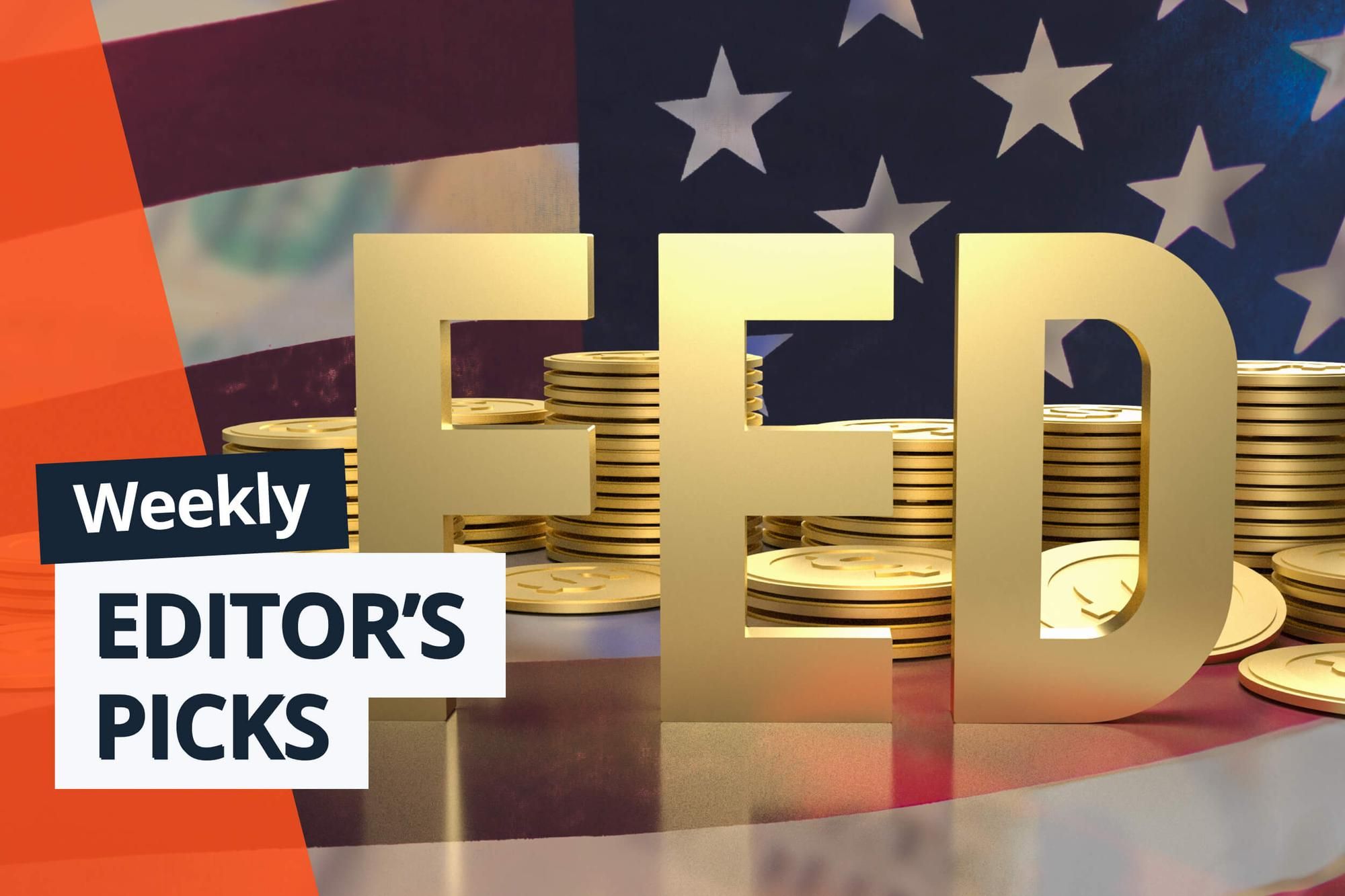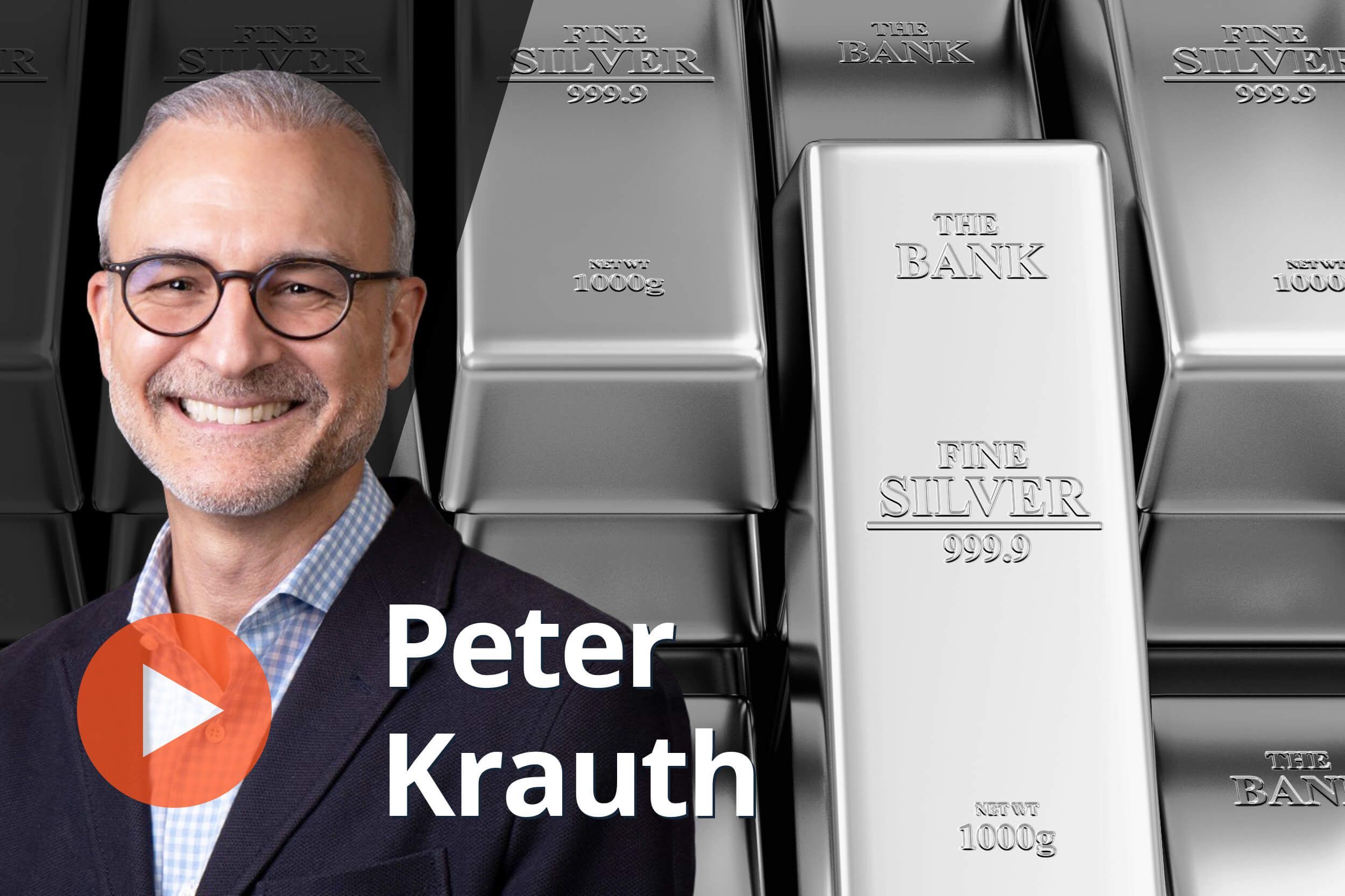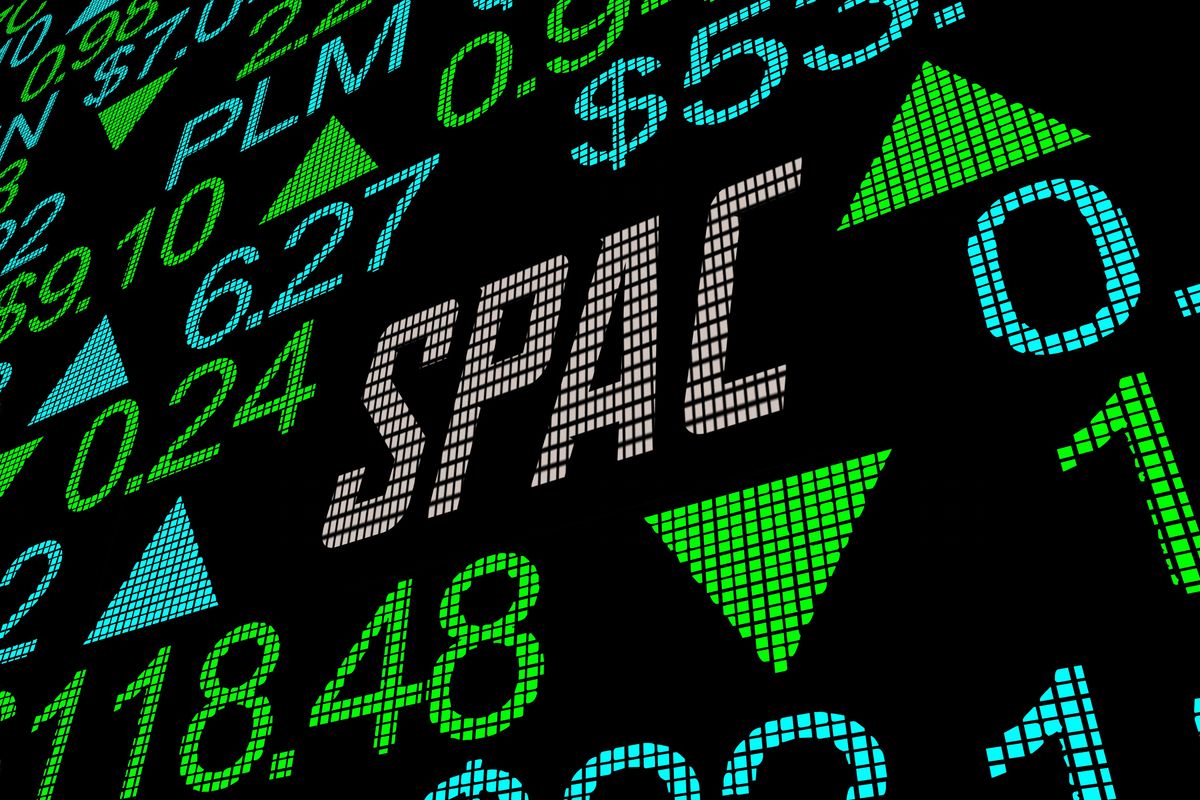
VIDEO — How the SPAC Craze Took Over the Capital Markets
SPAC fever recently took over the capital markets. What caused it, and why did it recede? This explainer video runs through the rise and fall of these investment vehicles.
How the SPAC Craze Took Over the Capital Marketswww.youtube.com
Capital markets trends come and go. Some make a big imprint, and others leave only a small mark.
In recent years, the investment space has seen the rise of special purpose acquisition companies, better known as SPACs. SPACs aren’t a new method for companies to reach a publicly traded listing, but this investment approach definitely caught on more than it had in the past — and ultimately fell back down.
Here's a look at why SPACs became so popular and how the market feels about them now.
SPACs grab investor attention
An SPAC is a shell company that launches a public listing with capital to back it. It then uses this capital to go out into the market and pursue an acquisition target in order to get its business lined up and started.
This tactic may be confusing at first, but a benefit is the protections initial investors can see from the capital raise.
“It's an interesting structure where investors are provided upside with downside protection,” Nawan Butt, portfolio manager at Purpose Investments, said. “The majority of the risk actually lies with the founders.”
However, despite these protections, SPACs have been called out for their boom/bust nature and what now remains of some big-name failures in the space.
Failure in a SPAC can come as it does with any other publicly traded company: poor financial results, lackluster management, missed opportunities or just flat-out poor strategies.
But SPACs have another particular way in which they can see a downturn. When the company reaches the market, it is expected to secure its acquisition target within a set amount of time. The acquisition is commonly known as the qualifying transaction, which then activates the company.
“The attractiveness of SPACs is going to go down because you have to take a look at the dilution that happens once the SPAC has had its qualifying transaction,” Butt told the Investing News Network.
SPACs capitalized on a poor year for IPOs
After a mediocre 2019 for initial public offerings (IPOs), SPACs seemed to offer a turnaround for accessible capital with an extra level of investor protection, so they took off in a significant way.
At the end of 2020, SPACs had raised an impressive US$79.87 billion in gross proceeds.
“The reason why we saw SPACs really take off in the past few years is because … the opportunity set for investment became narrower as investment opportunities got more expensive,” Butt explained.
Watch the video above to hear more about the legacy of SPACs and their role within the cannabis industry.
Don’t forget to follow us @INN_Cannabis for real-time updates!
Securities Disclosure: I, Bryan Mc Govern, hold no direct investment interest in any company mentioned in this article.
Editorial Disclosure: The Investing News Network does not guarantee the accuracy or thoroughness of the information reported in the interviews it conducts. The opinions expressed in these interviews do not reflect the opinions of the Investing News Network and do not constitute investment advice. All readers are encouraged to perform their own due diligence.



